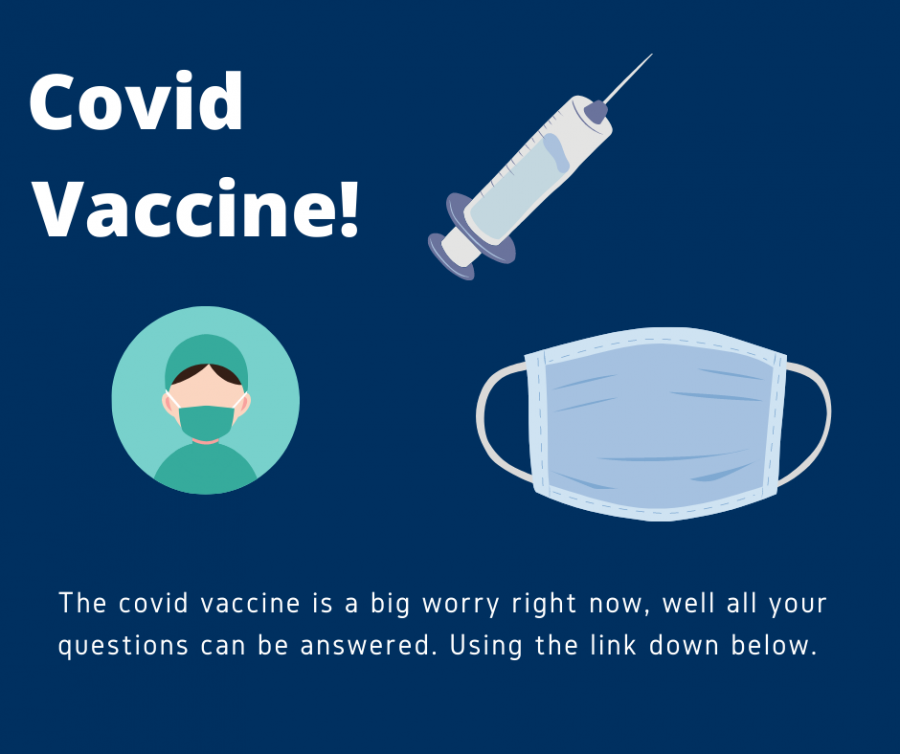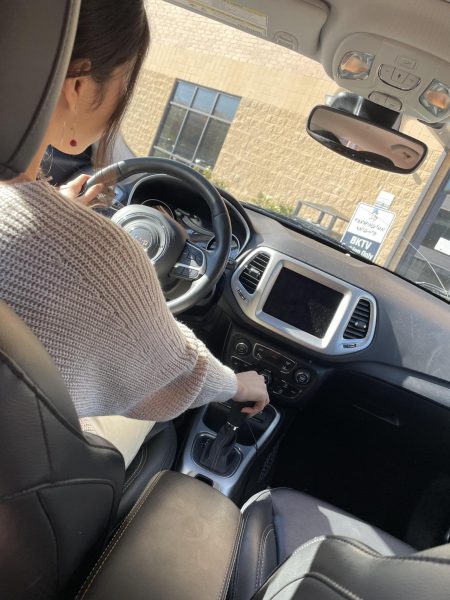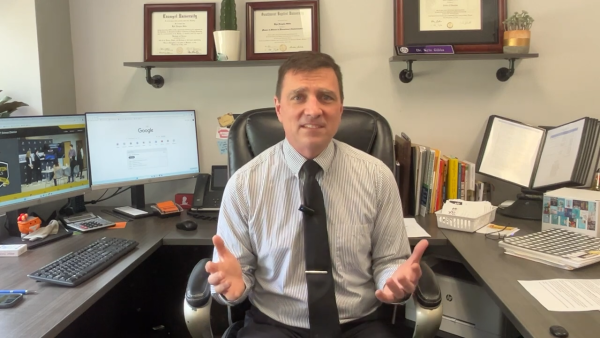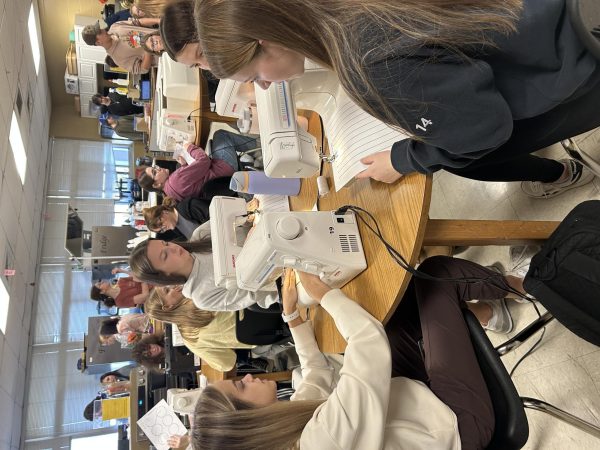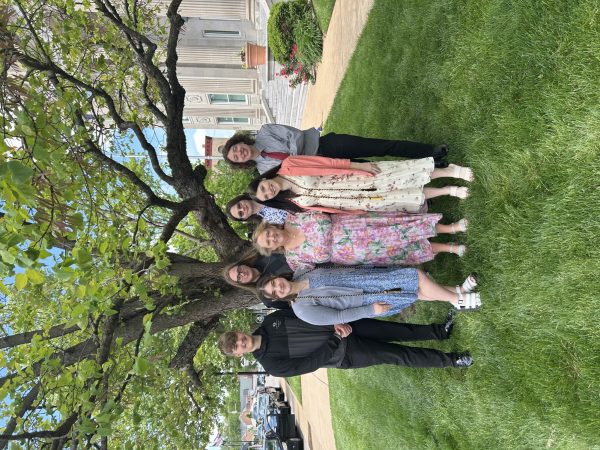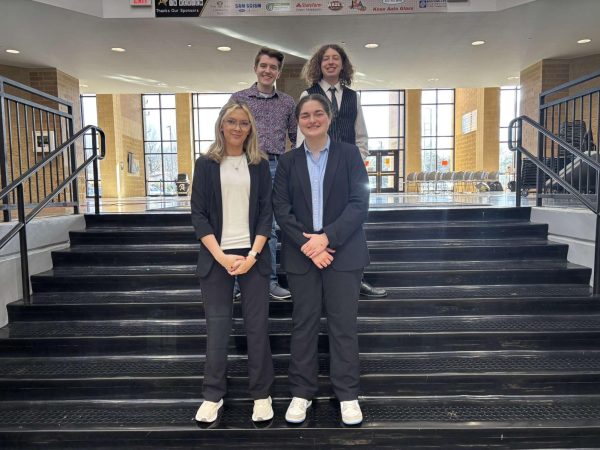COVID Vaccine
Knowing what’s going on in the community, and knowing the facts. This article helps viewers to learn what the vaccine has in store.
On December 11, 2020, the vaccine for Covid-19 was approved by the FDA (Food and Drug Administration) for emergency use authorization (EUA). There is division in the U.S. over the vaccine, as many are saying it’s not worth the risk, with others saying that this troubled time is finally coming to a close. What could be the possible positives and negatives about getting this vaccine? What is the age limit for the vaccination? What are the possible side effects of the treatment? These are questions that some may have had at one point or another. Knowing these things can help us decide if we choose to take the vaccine or not and asking ourselves what is best for us. As a freshman Graycen Pratt at FHS states, “it’s your choice, if you want to take it or not,” and it’s up to us as individuals.
In this video, from PBS you can learn many things you need to know about the vaccine. For example, due to new technology and past knowledge, scientists were able to take years of studying and testing to complete the trials months. In consonance with the CDC, the after-effects of the treatment seem to be similar to the flu symptoms, fever, headaches, etc. It has been proved to cause swelling or soreness in the site of the injection, which is normal. This means your body is fighting against the virus. People in our community worry that the vaccine hasn’t had enough testing and fear that it can do more harm than good. The fear of the after effects is why many claim to be against the vaccine. Dr. Lamonds understands that in our community, “…every person will need to do what’s best for them in their situation.”
Elderly people in the community arguably have the most to gain from this treatment as the result of weaker immune systems. This could also show to be a great benefit to health care workers and would lead to more staff availability. According to the CDC, this vaccination is at no cost to you. However, the vaccination provider can charge you for use of resources. In order to get the vaccination’s full effect two treatments are needed: 2 shots 2-3 weeks apart. As reported by the CDC, it is crucial that we first give the vaccine to those in most need of it. People like health care workers, teachers, as well as retail pharmacists, and hospitals are considered to be vaccinated first due to the limited amount of resources.
This vaccine may take weeks, possibly even months to make a difference in our COVID numbers in the U.S. According to the CDC, they are going to lead all the way up to phase 1c. Using our resources to supply those in need of the treatment the most is critical. This vaccine will hopefully give immune systems the power and knowledge it needs to fight against the viruses. Whether or not you take the vaccine, many agree that we all need to work together to help keep one another safe. By continuing to wear a mask and wash our hands regularly because like the vaccine, those measures have the potential to slow the rate of infection.

